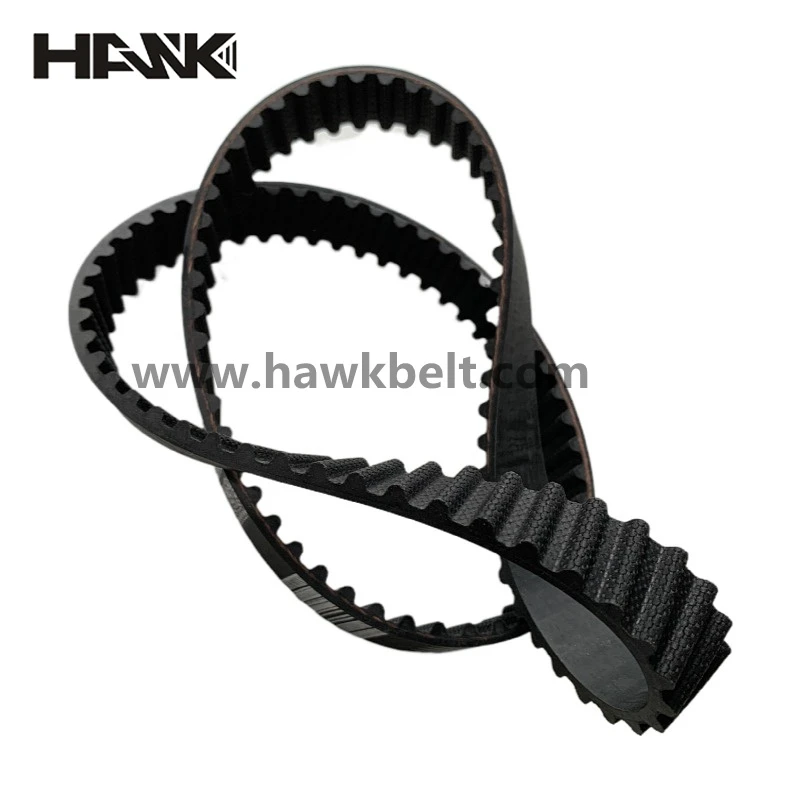- Arabic
- French
- Russian
- Spanish
- Portuguese
- Turkish
- Armenian
- English
- Albanian
- Amharic
- Azerbaijani
- Basque
- Belarusian
- Bengali
- Bosnian
- Bulgarian
- Catalan
- Cebuano
- Corsican
- Croatian
- Czech
- Danish
- Dutch
- Afrikaans
- Esperanto
- Estonian
- Finnish
- Frisian
- Galician
- Georgian
- German
- Greek
- Gujarati
- Haitian Creole
- hausa
- hawaiian
- Hebrew
- Hindi
- Miao
- Hungarian
- Icelandic
- igbo
- Indonesian
- irish
- Italian
- Japanese
- Javanese
- Kannada
- kazakh
- Khmer
- Rwandese
- Korean
- Kurdish
- Kyrgyz
- Lao
- Latin
- Latvian
- Lithuanian
- Luxembourgish
- Macedonian
- Malgashi
- Malay
- Malayalam
- Maltese
- Maori
- Marathi
- Mongolian
- Myanmar
- Nepali
- Norwegian
- Norwegian
- Occitan
- Pashto
- Persian
- Polish
- Punjabi
- Romanian
- Samoan
- Scottish Gaelic
- Serbian
- Sesotho
- Shona
- Sindhi
- Sinhala
- Slovak
- Slovenian
- Somali
- Sundanese
- Swahili
- Swedish
- Tagalog
- Tajik
- Tamil
- Tatar
- Telugu
- Thai
- Turkmen
- Ukrainian
- Urdu
- Uighur
- Uzbek
- Vietnamese
- Welsh
- Bantu
- Yiddish
- Yoruba
- Zulu
Nov . 27, 2024 21:10 Back to list
Understanding the Function and Importance of Camshaft Drive Belts in Engine Performance
Understanding the Camshaft Drive Belt Importance and Maintenance
The camshaft drive belt, commonly referred to as the timing belt, is a critical component in an engine's operation. This vital belt synchronizes the rotation of the engine's camshaft and crankshaft, ensuring that the engine’s valves open and close at the correct times during each cylinder's intake and exhaust strokes. Without this precise timing, an engine can suffer from a variety of issues, from poor performance to catastrophic failure. In this article, we delve into the significance of the camshaft drive belt, its maintenance, and the signs that it may need replacement.
The Importance of the Camshaft Drive Belt
The camshaft drive belt is a part of the timing system, usually made from durable rubber and reinforced with materials like fiberglass or steel to withstand the rigors of engine operation. Its primary role is to maintain the proper timing between the crankshaft and camshaft. This is crucial because the camshaft controls the opening and closing of the engine's valves, which in turn influences the air-fuel mixture entering the combustion chamber. An improperly timed engine can lead to a range of problems, including misfires, reduced power, increased fuel consumption, and potentially severe damage to the engine components.
Moreover, in interference engines, where the space between the valves and pistons is tight, a failed timing belt can result in the pistons striking the valves when the belt snaps, leading to extensive engine damage. This is why manufacturers often recommend replacing the camshaft drive belt at specific intervals, typically between 60,000 to 100,000 miles, depending on the make and model of the vehicle.
Maintenance Tips for the Camshaft Drive Belt
1. Regular Inspection While the timing belt is designed to be durable, it’s essential to inspect it regularly for signs of wear and tear. Look for fraying edges, cracks, or any signs of glossiness on the belt, which may indicate it is beginning to deteriorate.
2. Follow Manufacturer Recommendations Each vehicle manufacturer provides guidelines on when to replace the timing belt. Always consult your owner's manual and adhere to these recommendations to avoid unexpected failures.
camshaft drive belt

3. Replace Associated Components When replacing the timing belt, it’s wise to consider replacing other components that can affect its function, such as the water pump and tensioners. Since these parts are usually in the same area and can fail around the same time, addressing them can save time and money in the long run.
4. Check Tension A properly tensioned belt is crucial for effective engine performance. If the belt is too loose or too tight, it can lead to premature wear or slippage, causing the engine to run poorly.
5. Listen for Unusual Noises Pay attention to any strange noises coming from the engine compartment, such as squeaking or grinding, which could indicate that the timing belt or associated components are failing.
Signs of a Failing Camshaft Drive Belt
Recognizing the signs of a failing camshaft drive belt is crucial to avoiding severe engine damage. Some common indicators include
- Engine Misfires If the timing belt is stretched or worn, it may not keep the camshaft in sync with the crankshaft, leading to misfires. - Loss of Power A slipping timing belt can result in a loss of engine power, making acceleration sluggish. - Rough Idle If the engine runs unevenly or shakily while idling, it could be a symptom of a malfunctioning timing belt. - Diagnostic Trouble Codes Modern vehicles have sophisticated onboard diagnostics that can detect timing issues. If a check engine light appears, have your vehicle scanned for trouble codes related to timing.
Conclusion
In summary, the camshaft drive belt plays a vital role in the overall functioning of an engine. Regular maintenance, adherence to replacement intervals, and vigilance for signs of wear can help ensure that this crucial component operates effectively. Ignoring its condition can lead to serious engine issues, so being proactive about care and replacement can save vehicle owners significant time and expense. Taking these measures will help you maintain the health and performance of your engine for years to come.
-
Precise Timing Belt Operation: Function & FAQ Guide
NewsAug.10,2025
-
Precision Double-Sided Toothed Endless Flat Drive Belts
NewsAug.09,2025
-
Durable Tooth Belts: Precision Power for Poly V Belt Drives
NewsAug.08,2025
-
Reliable Diesel Engine Belts & Tensioners for Optimal Performance
NewsAug.07,2025
-
23100-KVB-901 Drive Belt for Honda VARIO | OEM Performance
NewsAug.06,2025
-
Variable Belt Drive AI Optimized for Efficiency
NewsAug.05,2025

